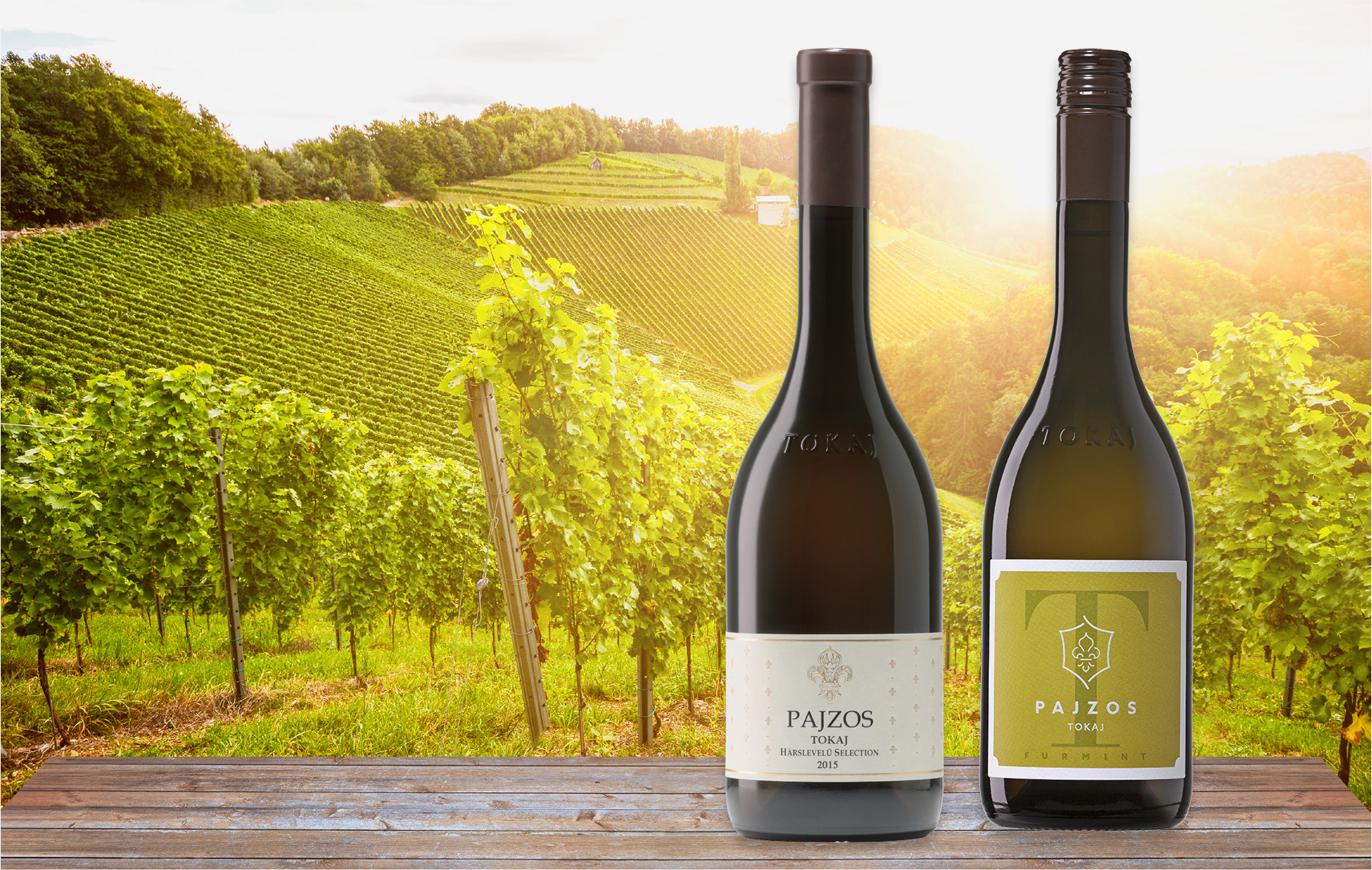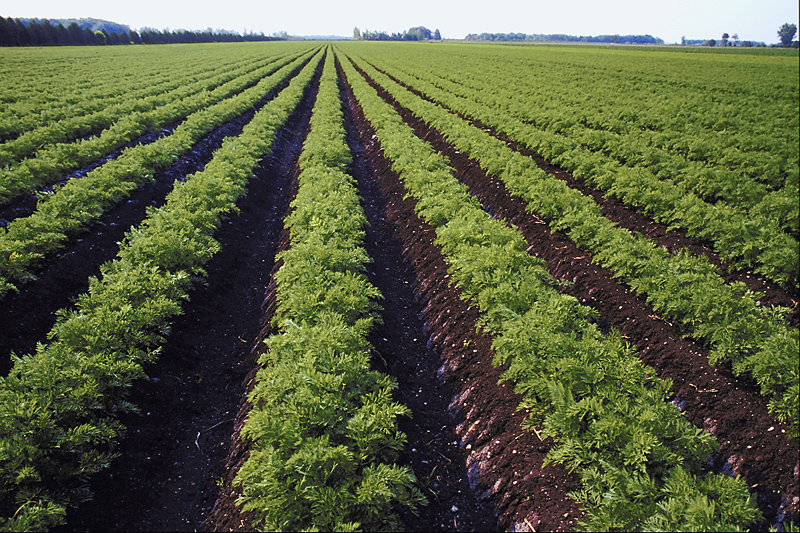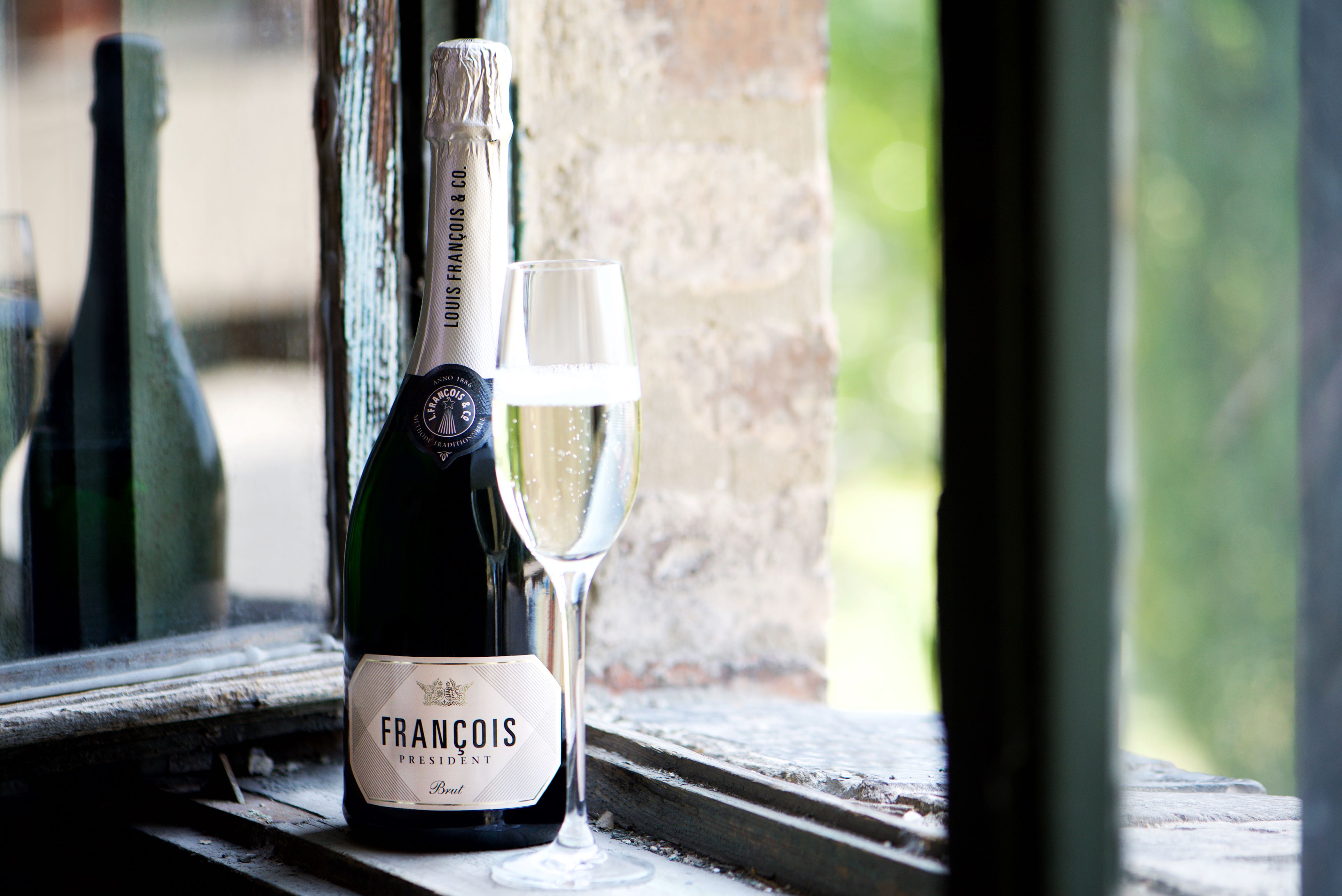Olaszrizling in Österreich and Further Cross-border Cooperation

Over the border in Austria, Olaszrizling is also a prominent grape. It is usually known as Welschriesling, although one Burgenland producer does use the Hungarian moniker. More on him later. This pan-Central European white grape doesn’t have the loftiest of reputations in Hungary compared to the likes of Furmint, and suffers an even lowlier status in Austria, where it is pushed aside by the likes of Grüner Veltliner and Riesling.
All that said, Welschriesling does play a significant role in Burgenland’s sweet wines, such as Trockenbeerenauslese and Ruster Ausbruch.
Christoph Wachter, from Weingut Wachter Wiesler in Eisenberg, in the south of Burgenland, on the border with Hungary, said at a Burgenland Masterclass in Donnerskirchen on March 25 that his winery uses the Hungarian name due to the poor reputation of Welschriesling in Austria.
He also noted that it was once the most planted grape in his region. Wachter Wiesler’s Olaszrizling 2020, which comes from organically grown grapes, has a good structure with zesty acidity and pear, green apple, and lemon aromas and flavors, with a subtle salinity on the finish. It was spontaneously fermented in steel tanks, then aged for 12 months in large barrels. It was bottled unfined and unfiltered. It costs EUR 12.90 from www.wachter-wiesler.at.
Wachter and his winery’s connection with Hungary doesn’t end with Olaszrizling. Eisenberg straddles the Hungarian border, and on our side, it is known as Vashegy (both names translate as Iron Mountain) and is home to one of my favorite Kékfrankos wines from Imre Garger.
His 2018 Kékfrankos selection costs HUF 3,080 from www.garger-pince.hu. Garger considers himself a Hungarian-German (descended from Bavarian German settlers who came to the area 900 years ago) and a hobby winemaker. He produces 8,000-10,000 bottles a year in the border-hugging Vaskereszt. This village has just 330 inhabitants, most of whom work over the border in Austria in various jobs rather than turn out wine from what I rate as tremendous terroir. Somló’s Kreinbacher winery now has a Kékfrankos vineyard here, and owner Jozséf Kreinbacher himself comes from Vaskereszt.
Garger has a joint project with his Austrian cousin Rainer Garger, a Graz-born, Vienna-based businessman who came up with the idea and finances the “Nador project,” whereby his cousin grows the grapes, with Wachter and Reinhold Krutzler make the wine. Eisenberg Hungary Kékfrankos Ried Wanzer ‘Nador’ 2012 (EUR 29 from www.nadorwine.com) comes from vines that were just nine years old when the wine was made.
More Sophisticated
Hungary actually has more Kékfrankos than Austria has Blaufränkish: it is the same grape, although there are clonal differences. Blaufränkish is generally considered more sophisticated than Kékfrankos due partly to the variety being at the forefront. In Hungary, it has long played second fiddle to international grape varieties. However, the best Hungarian Kékfrankos wines are now fit to share the same table as their Austrian counterparts, and some are made from Austrian clones.
Austrianwine.com describes Blaufränkish as a “traditional Austrian variety [that] is a cross between Sbulzina and Weißer Heunisch.” It notes, “Blaufränkisch was previously widely-planted throughout the Habsburg Monarchy.” In Germany, it is called Lemberger, a name that comes from the present-day town of Maissau in Niederösterreich (today in Austria), which was formerly called Limberg.
“While the Burgenland decided to become part of Austria in 1921, our Hungarian history is important, and we have lots of connections with Hungary,” said Georg Scheitzer, managing director of Wein Burgenland, speaking at the aforementioned Burgenland masterclass.
“We have some Furmint and Hárslevelű, and these varieties, with their higher acidity, might be better equipped to deal with the effects of climate change,” he noted. Furmint is particularly prominent in the Burgenland town of Rust, where it is used for making both dry and sweet wine, with natural winemaker Michael Wenzel’s dry single-vineyard bottlings highly rated. His father, Robert, brought cuttings over from Hungary in the mid-1980s.
Josef ‘Pepe’ Umathum of the Umathum winery, in Frauenkirchen, makes an excellent dry Hárslevelű, which goes by the name of Königlicher Tafelwein. The latter word indicates it is classified as table wine as the grape is currently not officially permitted for quality wine in Austria, despite being very good.
Umathum has re-established the grape that was also called Lindenblättriger in the area, possibly even more of a tongue twister than Hárslevelű. Umathum wines are sold by DropShop in Hungary, although it is currently out of the Hárslevelű. The 2018 Königlicher Tafelwein costs EUR 15.50 direct from www.umathum.at. Umathum is also renowned for proving that Zweigelt (a crossing of Blaufränkisch and St. Laurent) can make really complex wines from single vineyards.
Growing World Fame
Meanwhile, Furmint continues to gain traction in the wine world. In February, master of wine Caroline Gilby ran a session for the United Kingdom’s Circle of Wine Writers entitled “Let’s Talk About Fantastic Furmint and why it’s the Next Great White Grape.”
While the traditional Furmint February event didn’t happen in February this year in Budapest, it is set to go ahead under the name Furmint Nagykóstoló (Grand Tasting) on May 19 in Hagyományok Háza (Hungarian Heritage House) at Corvin tér 8 in Buda’s District I. However, Furmint February did go ahead in London this year, and Furmint also spread its web wider, with another tasting in Edinburgh.
On a recent visit to the Pajzos winery in Sárospatak in the Tokaj wine region, managing director Laurent Comas told me that Hárslevelű can be even better than Furmint as a single varietal wine. Pajzos also adds a few percent of Hárslevelű to its Furmint.
For example, its T Furmint 2020 is 85% Furmint, 13% Hárslevelű and 2% Sárgamuskotály. This is fresh as a daisy, light, lively and lemony, with notes of pear and quince, and great value at HUF 1,790 from www.pajzos.wineshop.hu. Pajzos’ Hárslevelű Selection 2015 has floral and fruity notes, alongside waxy complexity and a nutty structure, and is another excellent buy at HUF 3,490. “Hárslevelű ages in a way whereby it picks up after a period of going flat,” said Comas.
Pajzos is celebrating its 30th anniversary this November and also owns the Megyer label. Pajzos and Megyer are the names of the vineyards in which the winery cultivates a total of 117 hectares; 54 hectares in Pajzos and 63 in Megyer.
“These are very different vineyards: Megyer [closer to Sárospatak] is warmer with vines planted in the 1970s. There can be a two-degree difference between it and Pajzos, where the vines were replanted between 1999 and 2004. We can play with the two vineyards in the winemaking,” Comas told the Budapest Business Journal.
This article was first published in the Budapest Business Journal print issue of April 8, 2022.
SUPPORT THE BUDAPEST BUSINESS JOURNAL
Producing journalism that is worthy of the name is a costly business. For 27 years, the publishers, editors and reporters of the Budapest Business Journal have striven to bring you business news that works, information that you can trust, that is factual, accurate and presented without fear or favor.
Newspaper organizations across the globe have struggled to find a business model that allows them to continue to excel, without compromising their ability to perform. Most recently, some have experimented with the idea of involving their most important stakeholders, their readers.
We would like to offer that same opportunity to our readers. We would like to invite you to help us deliver the quality business journalism you require. Hit our Support the BBJ button and you can choose the how much and how often you send us your contributions.











